wbc-pipette
WBC pipette, diluting fluid, compound microscope, sterile lancet, watch glass, rectified spirit, cotton. WBC Pipette this is a bulb pipette having a long stem with a capillary bore and a pointed tip. The bulb contains a white bead inside
Report Abuse
Shipping Details
Based on 0 reviews
Be the first to review “wbc-pipette”
You must be logged in to post a review.
Vendor Information
- Store Name: ATLANTIC Scientific and Research Supply
- Vendor: ATLANTIC Scientific and Research Suply
- No ratings found yet!
-
Health & Medical
Microtome
The M-240 microtome from Myr uses state-of-the-art technology and embodies the company´s commitment to quality and excellence in microtomy. It provides the operational convenience and the stability required for outstanding sectioning in routine, research and industry applications
SKU: n/a -
Health & Medical
Glass -Test-Tube++
Glass test tube, also known as culture tube and sample tube, is a common and widely used glassware, which has a finger-like length, open top and closed bottom. It can be made of soda-lime material, borosilicate glass or quartz glass. And borosilicate glass and quartz glass test tube can withstand high temperatures up to several hundred celsuis.
SKU: n/a -
Health & Medical
ECG Machine
Model number: ECG-903 (Three channel)
Three channel ECG with interpretive
Build in rechargeable Li battery
Chinese/English language
Simultaneous 12 leads
320X240 graphic LCD, 3.8 inch screen
Paper size: 63mmX20/30m
Built in RS232 interface (USB is optional)
128 patients save/copy/communicationSKU: n/a -
Health & Medical
Ph meter
This meter can test pH,mV and temperature in water solution,it is suitable used in lab for those units from industrial and mining enterprises,university and scientific research organ etc.
There is a microprocessor chip inside the meter and the appearance of meter looks nice with easily operation.For notable features read as follows:
1)Large LCD with white background can display both pH and temperature value a the same time.
2)It has intelligent functions for automatic calibration,automatic temperature compensation,data storage/recall,memory max. and min. value etc.
3)Automatically display the percentage of slope after finishing calibration.
4)ºC and ºF can be switched freely.
5)Equipped with Model 600 electrode holder and calibration buffer solution,which is more convenient to use.SKU: n/a -
Health & Medical
Water-Deionizer
Water Deionizer Industrial Waste Water Treatment Equipment Machine
How Water Deionizer Industrial Waste Water Treatment Equipment Works
The Reverse Osmosis process uses a semi-permeable membrane to separate and remove dissolved solids, organics, pyrogens, submicron collodial matter, viruses, and bacteria from water. The process is called “Reverse” Osmosis since it requires pressure to force pure water across a membrane, leaving the impurities behind. Reverse Osmosis is capable of removing 95 – 99% of the total dissolved solids (TDS) and 99% of all bacteria, thus providing safe, pure water.SKU: n/a -
Health & Medical
Incubator/fluoresence microscope
Stand: Microscope stand configuration AFL
Objective: Objective A 4 / 0,10, Objective A 10 / 0,25, Objective SPL 20 / 0,35 (LD), SPL 40 / 0,60 (LD) in correction mount
condenser: Brightfield condenser NA 0,25 for attachment to the illumination unit
Illumination: HBO 100
Lamphouse: HBO 100 with collector, mirror, lamp mount and heat protection filter
HBO LAMP: Mercury high pressure lamp 100 W
Power supply: HBO 100 including mains cable
Filter slider: Filter slider for up to 2 filtersets
FITC Filter: Filter set D for immunofluorescence (FITC) blue excitation
Set of accessories: Set of accessories WS AFL, operating manual, dust coverSKU: n/a


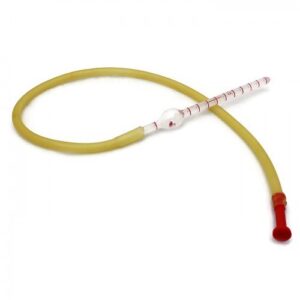
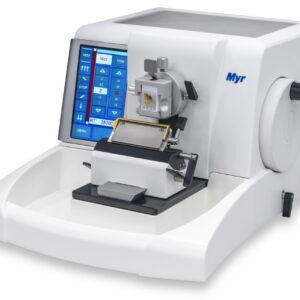
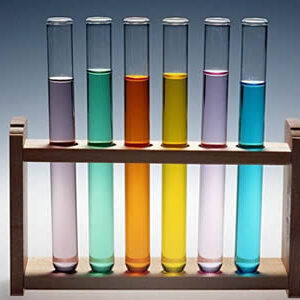

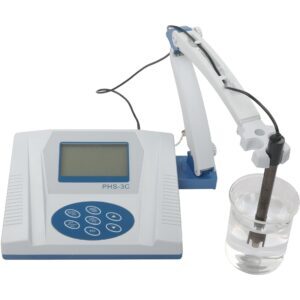
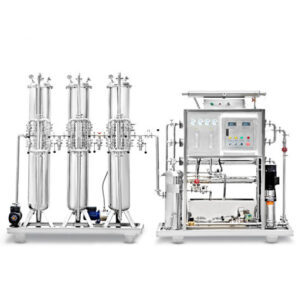
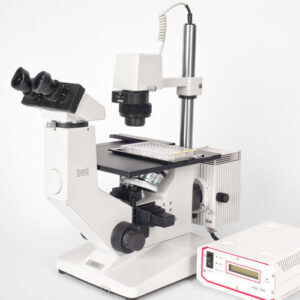
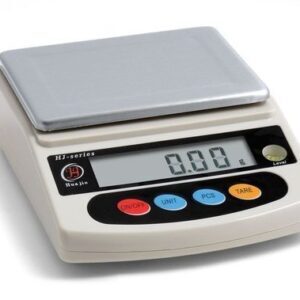
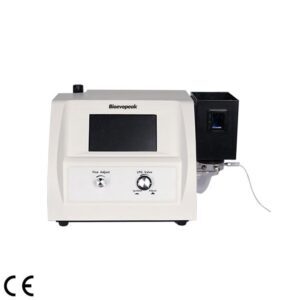
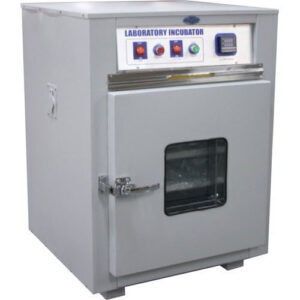
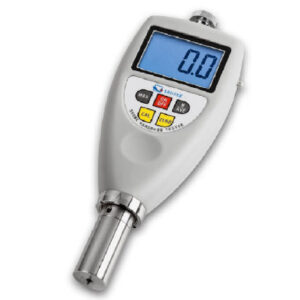
There are no reviews yet.